When was the last time you were excited for a game upon its release in Japan, and yet there was no indication it might see a localization? While it certainly still happens now and then, I think most would agree that it has become a far less common occurrence in recent years. Put another way, it’s notable that an excellent 3D Platformer like Good-Feel’s Otogi Katsugeki Mameda no Bakeru: Oracle Saitarou no Sainan!! has – at least as of this writing – yet to have any release outside of Japan confirmed, or even properly teased.
The Nintendo Switch isn’t region-locked, of course, so any prospective players can opt to import the game themselves – whether that might be via a physical copy through Amazon Japan, or by downloading it directly from the Japanese Nintendo eShop. The question then becomes – is Good-Feel’s latest Ganbare Goemon-inspired outing worth the hassle, in case it never gets an official release outside of Japan? The answer is a resounding “yes”.
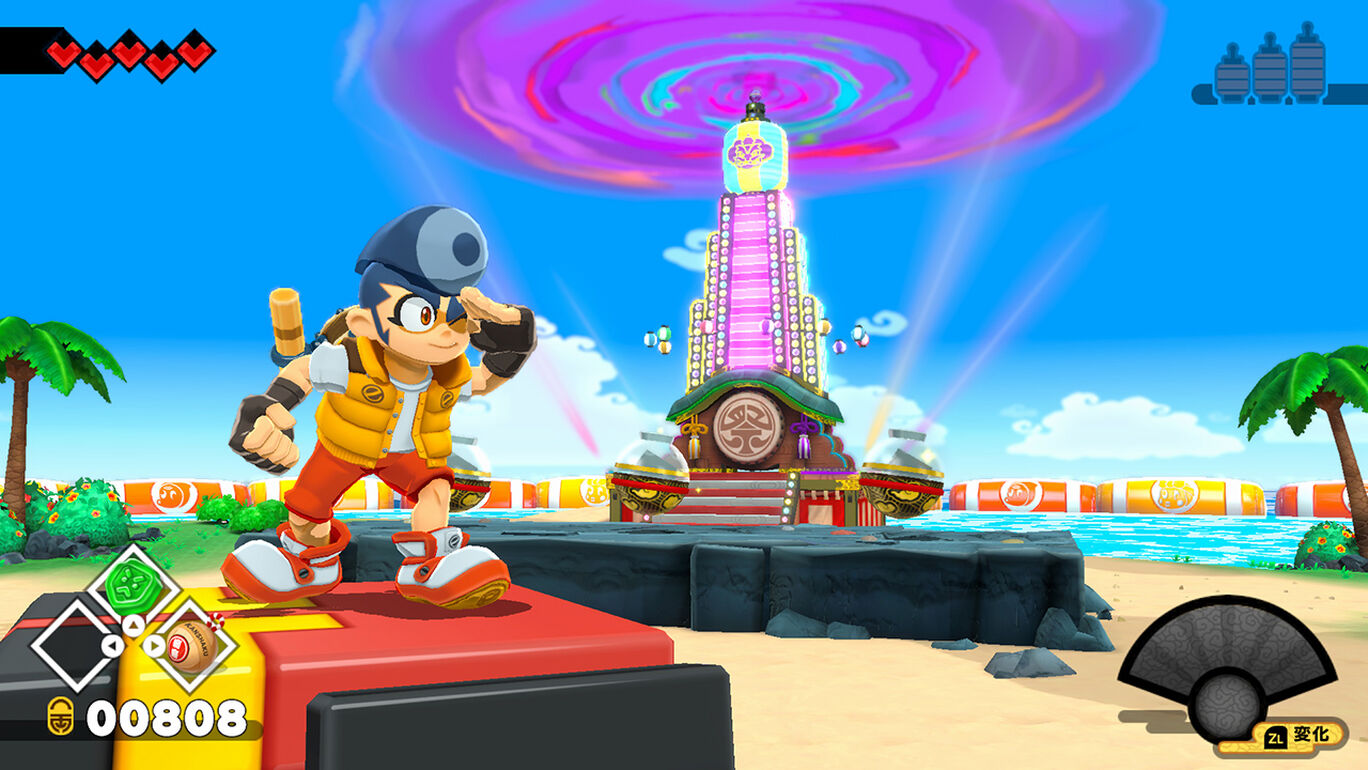
First things first; there might be a reason why Bakeru hasn’t yet been announced for a localization, as from the start of the adventure it becomes very clear just how culturally Japanese the project is. Players take control of a young Tanuki boy – the titular Bakeru – in a quest to save Japan from the supernatural festival which has overtaken it, by taking down the Oracle Saitarou at the helm of it all. Across the 15 or so hours of playtime, you’ll explore every Prefecture in Japan, with levels showcasing all the unique and exaggerated aspects of the country’s landmarks.
Aiding Bakeru in his quest are his clan’s prized Taiko, which he wields as a weapon for its mystical powers that can rid the game’s enemies of their brainwashing. The left and right bumper control each of the drumsticks separately, and holding down either one or both can charge up an attack that both will deal more damage while also sending out a shockwave to enemies around you, as well as unearth items that might be hiding below your feet. These attacks can be chained together along with dodges and blocks, giving the game a satisfying – if simple – combat system to go along with the core 3D platformer gameplay.
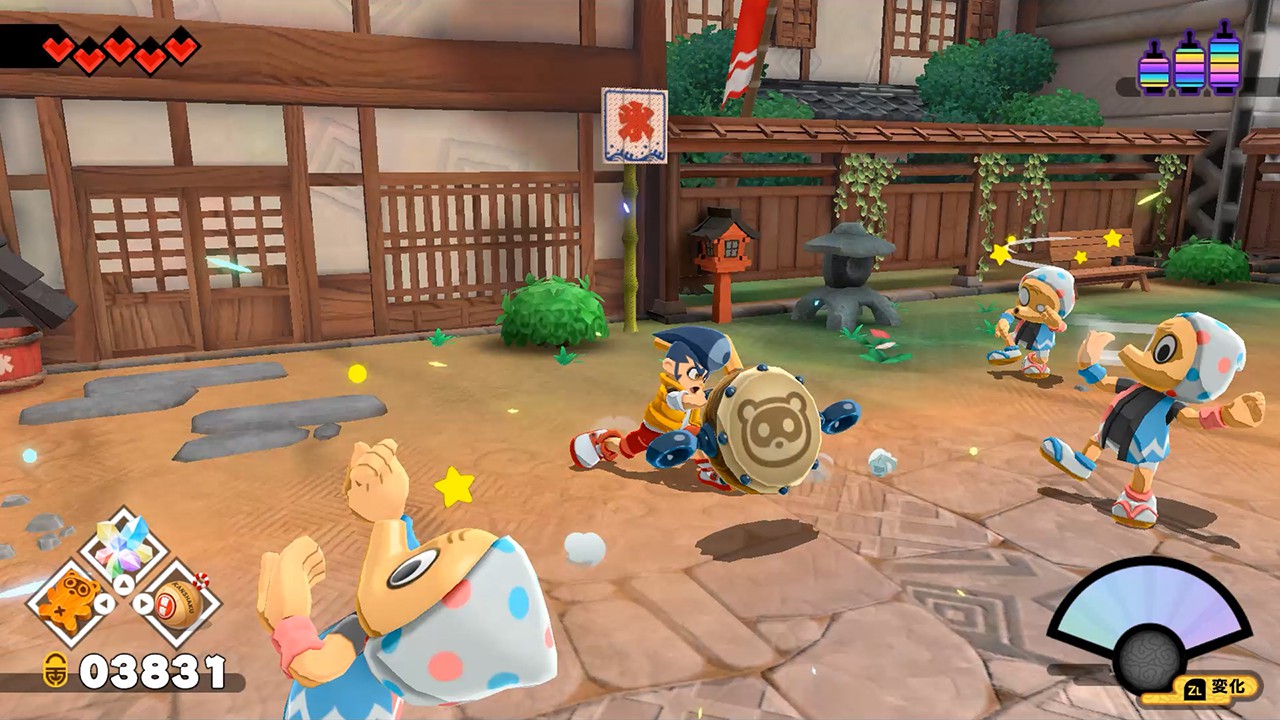
Each level’s goal remains mostly the same, though there are a number of variations for how Bakeru will arrive at the level’s conclusion. Simply put; players must find at least 3 of the rainbow-colored lamps scattered throughout a stage, and destroy them before he can activate the drum at the end of the level – cleansing that prefecture from the cursed festival. Most stages will also hide 3 souvenirs for the prefecture – a flag, and two items emblematic of the location’s history – as well as an “Unchiku”, an NPC shaped like a yellow poop who will reveal different pieces of trivia, usually about a certain aspect of life in that portion of Japan.
Early on in the adventure, Bakeru will gain 4 different transformations that will allow him to better tackle certain aspects of each stage, and represent different heroes from Japanese folklore. Early on, players can take on the form of the Tea Cup Samurai, allowing them to both explore tight passageways, as well as granting a floating jump for especially tricky platforming challenges – albeit at the expense of having no combat abilities whatsoever. Other transformations alter Bakeru’s attacks in some fairly extreme ways, but otherwise are meant purely for combat instead of offering any specific puzzle-solving utility.
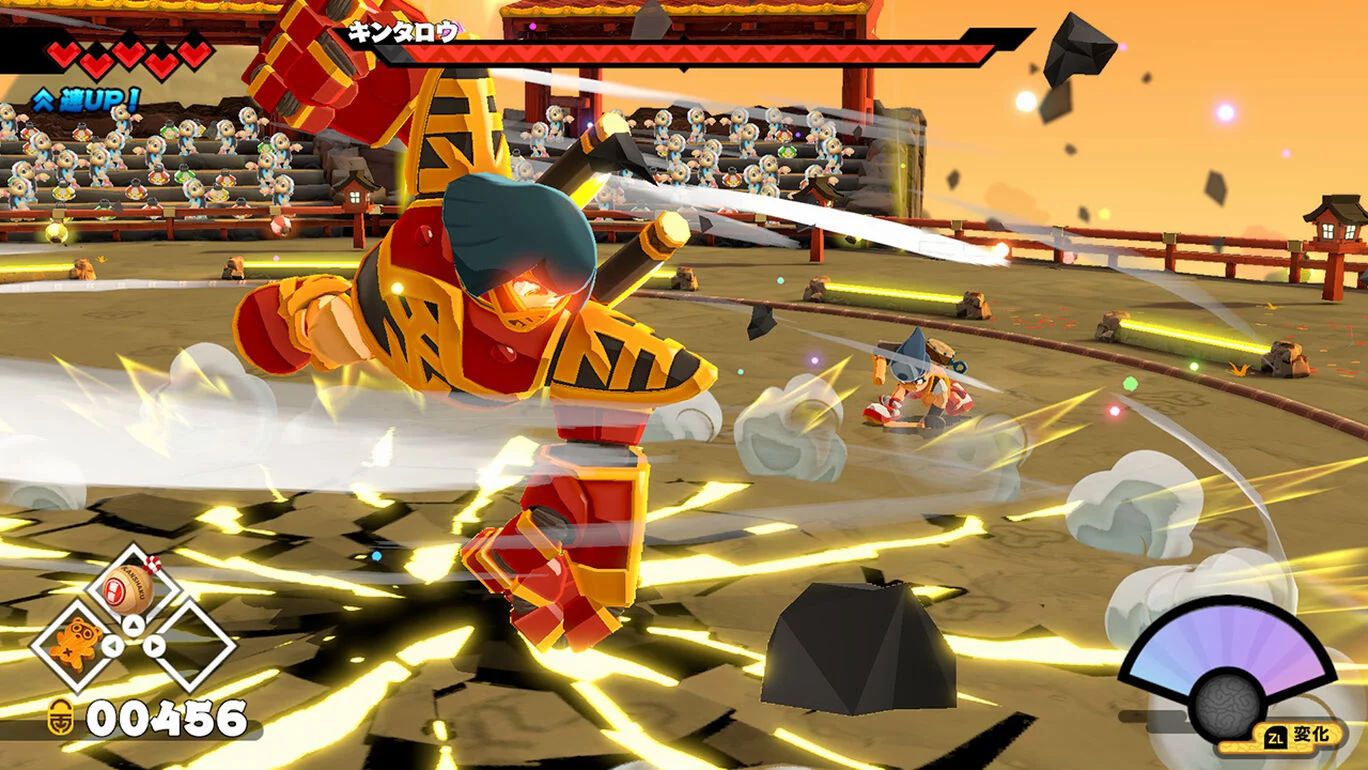
These transformations require energy either picked up along the way during levels or dropped by enemies in order to activate and maintain; though, enemies drop more than enough that for most levels you’ll spend very little of your time in Bakeru’s standard form. Some of the later transformations you’ll unlock make dealing with enemies significantly easier, so it seems likely that most players will stick to those forms as they progress through each stage.
Level design generally is great, though perhaps may be a little too easy for some players to fully engage with. That being said, almost every stage has some sort of unique gimmick or puzzle you won’t be able to find anywhere else; and even outside of the standard platforming fare, players will occasionally have to tackle a racing minigame, a shoot-em-up, or even a sort of 3D fighting game later on. Just when you think Bakeru’s adventure has started to run out of steam, the game appropriately wraps things up before things start to get stale.
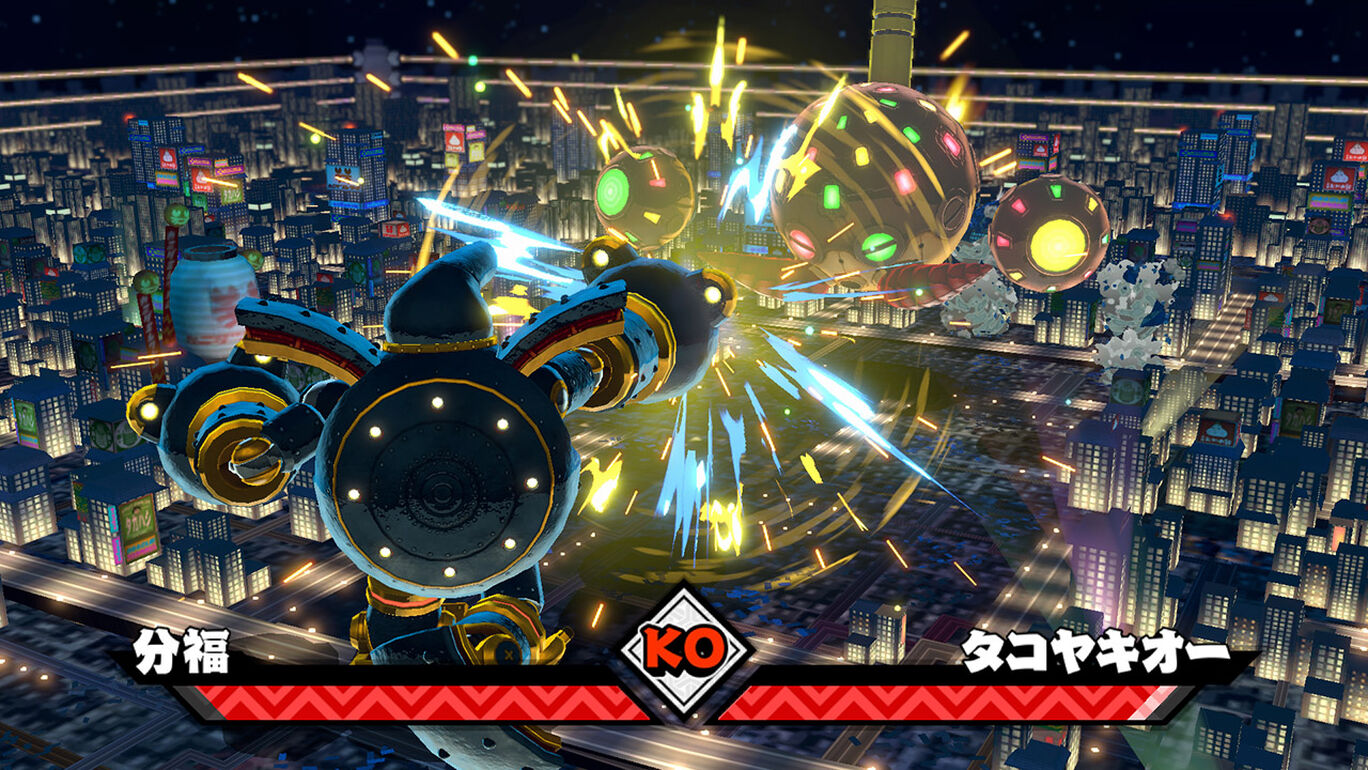
There’s a lot to love about the game; a gorgeous art style, a catchy soundtrack, and a charming and inventive battle system. However, the wait for a localization might end up being for the best if for one reason alone; in its current state, the game struggles to run at a smooth framerate on the Switch. Recent patches have certainly helped iron things out, but dips are certainly still both common and noticeable. While Bakeru is never really challenging, it’s certainly possible that the current state of affairs would be less than ideal for most players.
If those performance issues can be ironed out in time for a localization, however, it seems fair to say that the game might end up being something of a swansong for the aging Nintendo Switch hardware. I don’t think I need to say how landmark of a year 2023 was for the platform, and Mameda no Bakeru was yet another part of what made the year so great for Nintendo fans. I can only hope that we might see a wider release for the game, now that 2024 has greeted us. It would be a real shame if Bakeru’s adventure limited itself solely to Japan.
Version Tested: Nintendo Switch




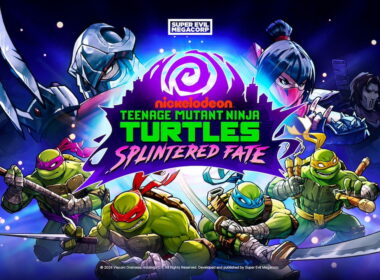

The review mentions the game is easy but counters it with the following:
“ That being said, almost every stage has some sort of unique gimmick or puzzle you won’t be able to find anywhere else; and even outside of the standard platforming fare, players will occasionally have to tackle a racing minigame, a shoot-em-up, or even a sort of 3D fighting game later on”
Having played through the game myself, I’m not convinced this really excuses the game from its extremely simplistic, predictable and one-note structure and game design.
Sure, there are the gimmicks listed above but they never amount to anything of substance and while they exhibit impressive thematic variety (one level, set in Kurashiki, utilizes the local canals to great visual effect), what you’re actually doing in-game rarely changes beyond mindlessly hitting the attack button to dispatch foes and jumping across easy platforming segments.
The stages simply have too much empty space, and the action is too unsatisfying.
What I found most disappointing was the game’s predictable rhythm and structure. Every stage has 8 hidden collectibles, and if you comb every inch you’ll find them all. Every level unfolds in the same way.
Contrast this with Konami’s N64 Goemon games, which had much more engaging platforming, coupled with inspired objective design where you would never quite know what’s coming next. The in-game towns were a way for the designers to inject unpredictability into the game – you might be told to return to one level at night, with a completely new challenge, or race an NPC in another stage.
Mameru no Bakeru plays it too safe, and is too sedate, to even begin to approach the legacy of those classic Goemon games. Even on its own merits it just isn’t a good game, I’m shocked Good-Feel spent over five years making this game and it’s one of the biggest gaming disappointments of 2023 for me. Avoid.